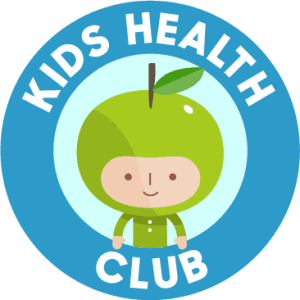Children’s Hives – Signs & Symptoms
Children’s hives is an outbreak of swollen, pale red bumps on the skin. They can suddenly appear either in response to a children’s allergic reaction to chemicals in processed food such as artificial colours, flavours and preservatives. Other causes include insect stings, sunlight exposure or some medications. Children’s hives can appear anywhere on the body including the tongue, lips and ears and usually itch but they can also sting or burn. Childhood hives can last for hours or for one day before they start fading. Signs & Symptoms of Children’s Hives include: ✅ Red or white welts usually on the face, trunk or...










 Kids Health Club
Kids Health Club